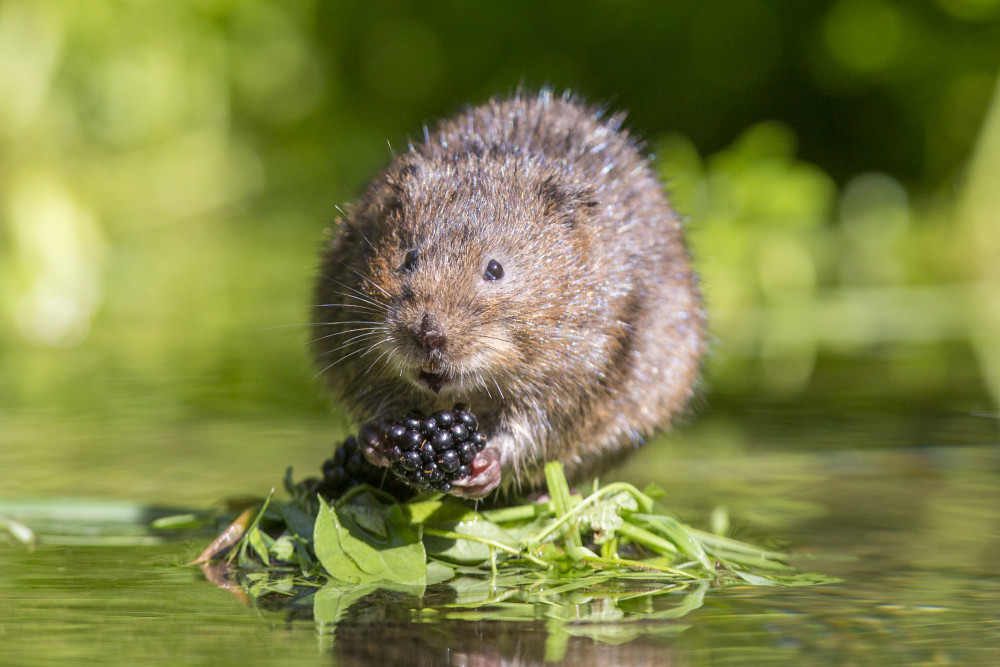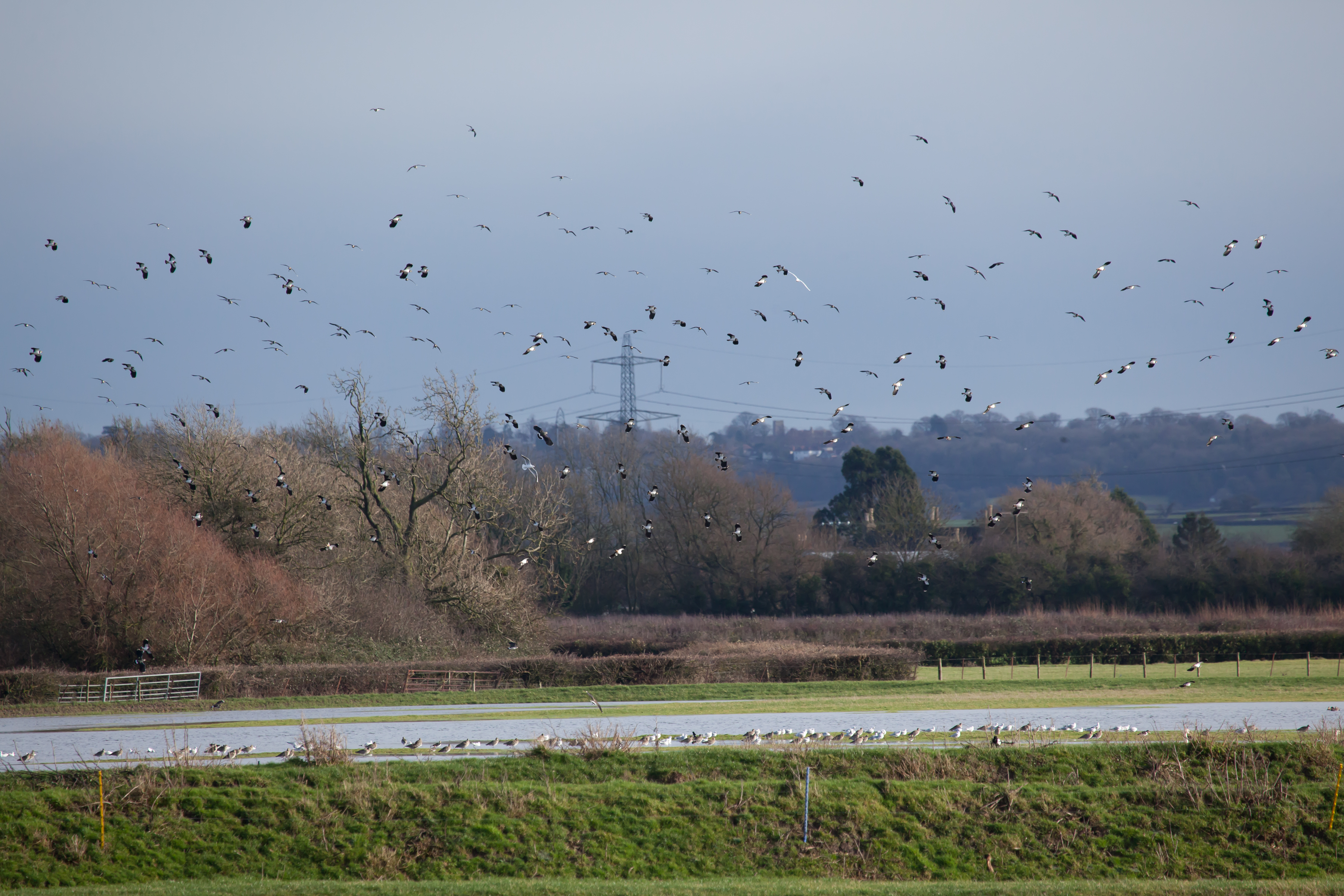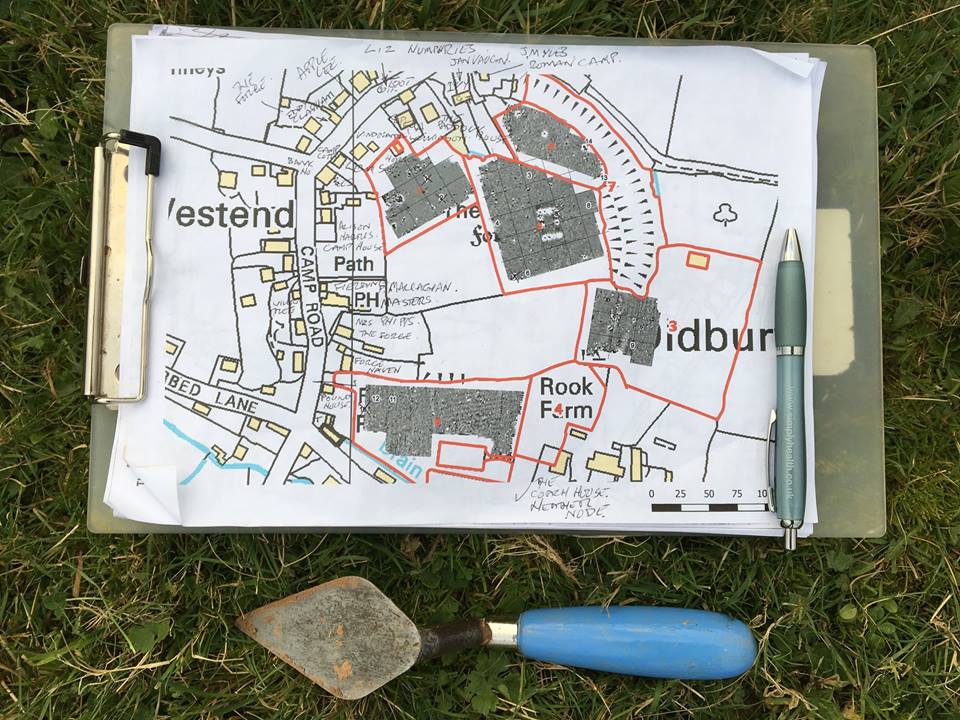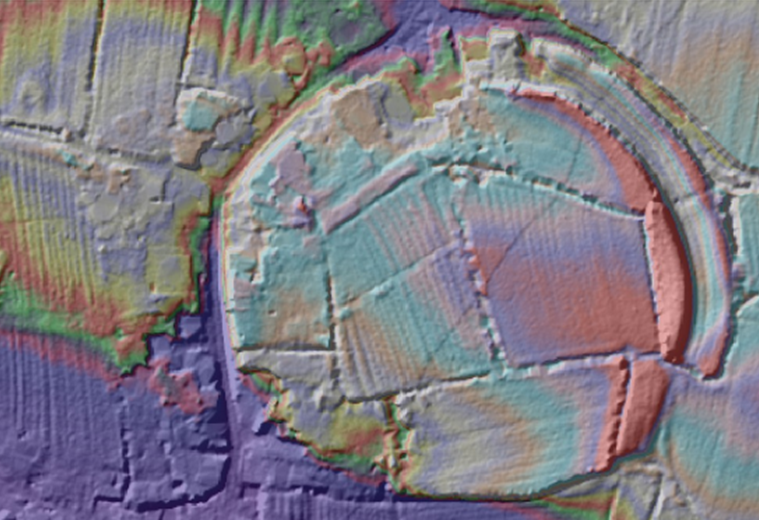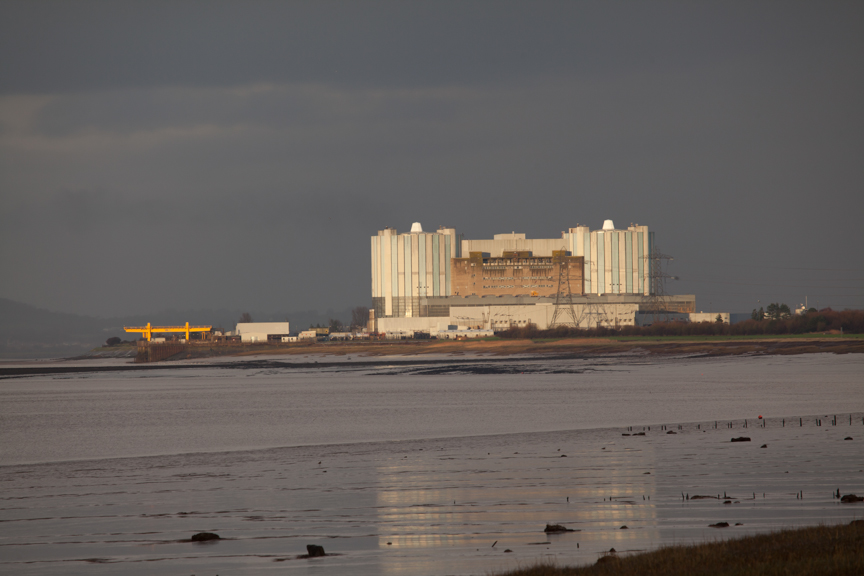Great Crested Newts
-
The Watkins meet their newts
-
A Great Crested Newt and a smooth newt
The Great Crested Newt is so called because of the striking dinosaur-like crest that develops on the backs of males during mating season. It is the biggest newt in the UK, growing up to 17cm long.
They’re also known as the warty newt because their skin is covered in dark wart-like bumps. They appear almost black, but their bellies are bright orange or yellow with black spots.
Great Crested Newts are nocturnal and have huge appetites - eating worms, slugs, tadpoles, water snails and insects. They breed in water but mostly live on land in areas close to water such as lowlands containing ponds. They hibernate underground in winter.
Find out more about the Great Crested Newt on the Arkive website.
Where to see Great Crested Newts
You can spot newts in the areas around ponds, particularly in the flat farmlands to the north of Oldbury and Shepperdine, within South Gloucestershire.
You’re most likely to see them soon after dark on a warm, still evening.
Protecting the Great Crested Newt
Although they’re found throughout the UK (except in Ireland), the population has been rapidly declining owing to loss of habitat, particularly through the infilling of ponds and changes in farming. Great Crested Newts are a European Protected Species, protected under UK law, which also protects their habitat. Find out more about the legal protection they have.
A Forgotten Landscape worked to protect these unique animals through pond surveying and restoration.
Did You Know?
Great Crested Newts can live up to 27 years and can regrow body parts.










